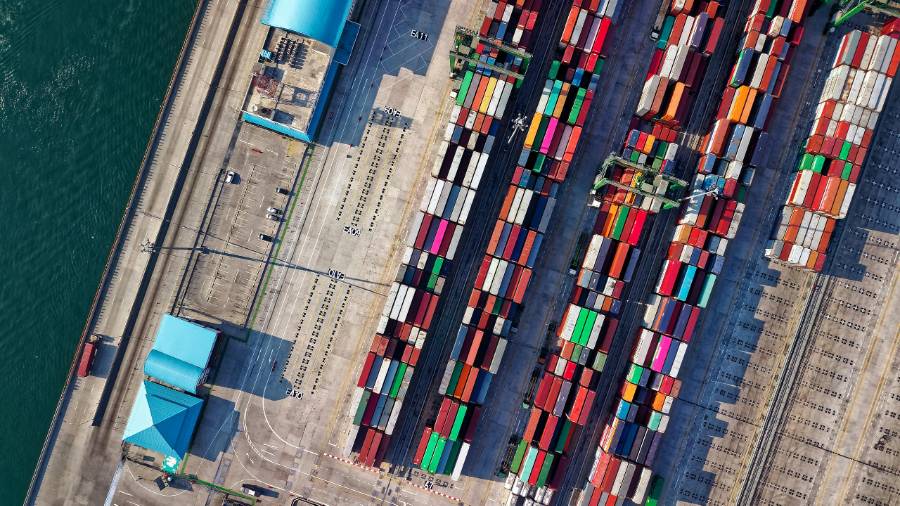What is ‘Demand’? In Operations Management?
In the context of operations management, the word ‘demand’ can mean either what the whole market wants, or what the customers of a specific business want. For operations managers, the latter is usually more interesting.
For example, the global market demand for cars is approximately 70 million cars per year.
Whereas, the demand for Mercedes in the USA is approximately 300,000 cars per year.
What is Demand Management?
Demand “management” is the process of influencing the demand placed upon your own business operation. This could mean the quantity, timing and uncertainty of orders, typically to improve stability and predictability. A proactive operations manager recognises that demand is not just something that happens to a business, but rather something that can be actively managed and changed.
Want to learn more about Operations Management?
Access the FREE mini training course:
THE FORGOTTEN FUNDAMENTALS OF OPERATIONS MANAGEMENT
Why Do You Need Demand Management?
Businesses actively seek to manage their demand in order to improve their operational performance. Demand planning is important to reduce costs, reduce risk and to improve delivery performance.
What is an Example of Demand Management? Takeaway Pizza Shop Example
There is market demand for takeaway pizzas in New York City, let’s say one million pizzas per day. Whereas, a particular pizza shop has a demand made up of their “own” customer orders, perhaps 200 pizzas per day.
On a weekly or monthly basis, demand might be relatively stable for this type of business. However, demand might be more unpredictable on a day-to-day basis; this demand is made up of individual orders that typically arrive with no advance warning. This causes many difficulties and costs for the shop.
The pizza shop could seek to actively manage and smooth demand throughout the day, reducing the peaks and troughs for the customer orders that it receives. It could do this by:
- Offering discounts for pizza orders during the day (which is normally a quiet period)
- Having a pre-order booking system so some of the big orders are less of a surprise
- Offering to split large customer orders into a series of smaller orders
This is an example of demand management being used to influence demand quantity and timing in order to improve predictability, which will likely reduce costs and risk of poor delivery and the overall customer experience.
Rowtons Training provides businesses and individuals with operations management training courses, alongside our free resources.
Want to learn more about demand and capacity management in operations and supply chain? Check out my course on Operations Management A-Z.








